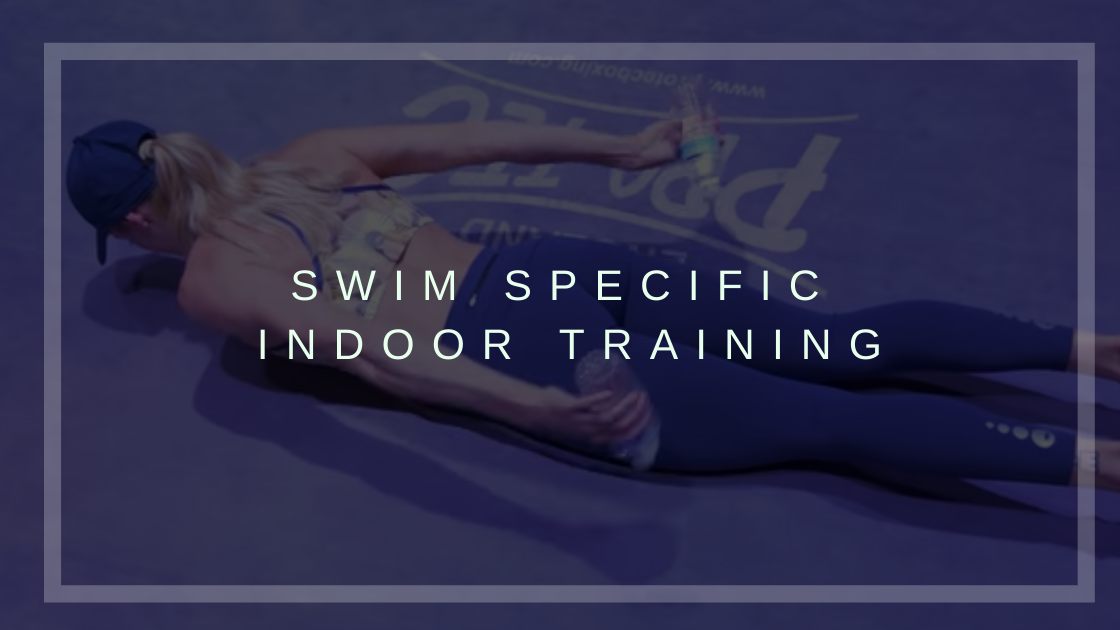
At-Home Workouts to Reduce Risk of Injury

by Meredith Hill
Has your training motivation taken a deep dive since your upcoming race was cancelled or post-poned due to COVID-19?
Without a race on the horizon and no near-term end in sight to “stay at home” and “shelter in place” orders, it can be tough to muster the enthusiasm to train consistently.
The good news is that it’s okay to give the body a little extra rest, particularly when life stress is skyrocketing. However, you need to be mindful not to become too much of a couch potato during these times of self-quarantine. The less you do now, the greater risk of injury you face when training resumes on the other side of this global pandemic.
And we will get to the other side of this pandemic!
For endurance athletes, such as runners and triathletes, common ailments in this scenario would be tendinopathies, stress fractures, and plantar fasciitis/fasciopathy. These injuries are strongly correlated with a sudden increase in load. Contrary to common belief, it’s not the total load that is the problem. A high baseload, known as ‘chronic workload’, is believed to protect against injuries as it steadily increases the capacity of our tissues to tolerate training. The more important issue is how quickly we ramp up training, known as ‘acute workload’.
With access to gyms, training groups and equipment currently very limited for many of us, our training habits are inevitably impacted. For those in self-isolation without access to a treadmill or a set of weights, here are a few ideas for at-home workouts that will keep you moving through this crisis. Plyometric and resistance training workouts can be incorporated into your training 2-3x per week on non-consecutive days.
- Skipping or Jump Rope: start with double leg and progress to alternating single leg over a few weeks. Start with 60sec on/60sec rest. 10x through. Gradually build from there.
- Makeshift household weights: loading a backpack with bottled water or canned goods is a great alternative to a kettlebell or pair of dumbbells to do a set of squats or calf raises. You might want to start with bodyweight for 3x 15 reps for the first few workouts, and progress over time to sets of lower reps (e.g. 4x 8) as you load up the backpack.
- Online programs: some bouncing or jumping is key for running specificity. There are a plethora of plyometric and aerobic workouts on YouTube to keep you on your toes (pun intended!)
- Virtual appointments: many personal trainers, exercise physiologists, and physiotherapists are offering Skype/Zoom services at the current time so be sure to check in with your local providers.
The key is to use your imagination and a bit of lateral thinking to stay active and you should emerge from this ‘quarantine period’ without having to start from scratch or with increased injury risk.
Disclaimer: these are generalized recommendations and you should use your judgment, taking into account your injury history, when starting a new training program.
Author: Meredith Hill. Physiotherapist and Professional Triathlete.


